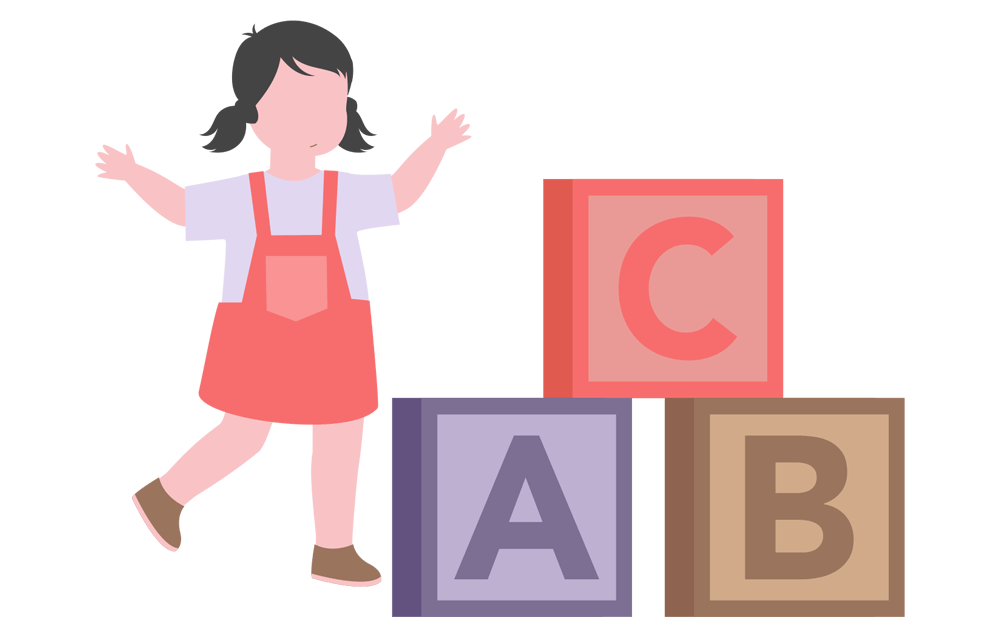Contents
Newborn Jaundice in Singapore: Understanding the Indicators and Approaching Care
Imagine the sheer joy of cradling your newborn, a moment unparalleled in emotion. Yet, as days pass, you discern a subtle yellowish hue to their skin, casting a shadow of concern. Could it be that your child is exhibiting signs of newborn jaundice?
Diving Deep into Newborn Jaundice
In the early stages of life, newborn jaundice stands out as a notable health concern in Singapore. Data suggests that about 60% of full-term infants and a whopping 85% of those born pre-term encounter this condition within their initial seven days.
The primary cause behind newborn jaundice is the elevated presence of bilirubin. This yellow pigment, arising from the routine breakdown of red blood cells, is responsible for the yellowing effect seen in a baby’s skin and eyes. While in older children and adults, the liver effectively processes and eliminates bilirubin, a newborn’s liver might take its time to catch up, leading to its accumulation.
Recognizing the Symptoms of Newborn Jaundice
The hallmark of jaundice is the evident yellowing of the skin, initially manifesting on the face, progressing to the chest and abdomen, and later the limbs. Additionally, a yellow tinge in the baby’s eye whites can also be observed. Parents should also be on the lookout for other cues, such as pronounced drowsiness, irritability, decreased muscle tone, or challenges during feeding times.
Interested to know more?
Fill in the form below and we will get back to you
Understanding the Factors Behind Newborn Jaundice
Elevated bilirubin levels are typical in newborns, but certain conditions can amplify the likelihood of jaundice manifesting:
- Premature Birth: Infants born before the completion of 37 weeks of gestation might be more susceptible.
- Ethnic Background: Those of East Asian or Mediterranean heritage are at a heightened risk.
- Blood Type Discrepancy: When there’s an incompatibility between the baby’s and the mother’s blood types, the risk rises.
- Breastfeeding: Surprising to some, breastfeeding can sometimes contribute to jaundice. Here’s a closer look:
- Breastfeeding Jaundice: This type is observed within the newborn’s initial seven days and is often linked to challenges in nursing or delays in the mother’s milk production.
- Breastmilk Jaundice: Some healthy breastfed infants might exhibit signs after their first week, intensifying in the subsequent weeks. It might linger for over a month in some cases. This is hypothesized to result from certain components in the breastmilk that impede bilirubin breakdown in the infant’s liver.
Moreover, jaundice might also act as a harbinger for underlying health concerns, such as:
- Hemorrhage: Undetected internal bleeding in the infant.
- Sepsis: Blood infections that can have severe consequences.
- Infections: Both bacterial and viral forms can trigger jaundice.
- Liver Complications: Any disturbances in the liver’s function can manifest as jaundice.
- Rapid Red Blood Cell Breakdown: If red blood cells disintegrate faster than usual, jaundice may emerge.
- Enzyme Deficiency: Absence or scarcity of specific enzymes in the infant’s system might induce jaundice.
Interested to know more?
Fill in the form below and we will get back to you
Assessing the Concerns and Implications of Newborn Jaundice
Is Jaundice Cause for Alarm? Potential Complications Explained
While the majority of newborn jaundice cases are benign and self-resolve within two to three weeks, persistent jaundice beyond this period warrants further medical investigation. Unattended elevated bilirubin levels can lead to complications such as:
- Acute Bilirubin Encephalopathy: The neurotoxicity of bilirubin means that severe jaundice can cause it to seep into the brain, potentially leading to significant brain damage. Prompt treatment can prevent this outcome.
- Kernicterus: A result of unchecked acute bilirubin encephalopathy, this is a severe form of brain damage. It might manifest as cerebral palsy, upward-fixed gaze, auditory challenges, and dental developmental anomalies.
Diagnosis Procedures for Jaundice
Noticing signs of jaundice in your infant? Medical professionals might advise either a skin test or a blood analysis to evaluate bilirubin concentrations. Depending on the findings, more extensive assessments such as a complete blood count, blood type compatibility checks, or a Coombs test (to gauge red cell degradation rate) might be recommended.
Interested to know more?
Fill in the form below and we will get back to you
How To Address Jaundice?
In many cases, jaundice dissipates organically, but here are strategies to expedite the process:
- Enhanced Feeding Schedule: Aiming for 8-12 breastfeeding sessions daily can assist in bilirubin elimination. If you’re using formula, serve 1-2 ounces every couple of hours.
- Phototherapy: Deployed in acute jaundice instances, this potent method utilizes light to metabolize bilirubin. The baby, clad just in a diaper and sporting eye shields, reclines on a designated bed under a specific blue light.
- Intravenous Immunoglobulin (IVIg): Blood type variances between mom and baby can escalate jaundice if maternal antibodies hasten the baby’s red cell degradation. IVIg, a transfused blood protein, can mitigate antibody levels.
- Exchange Transfusion: As a contingency for non-responsive cases, this method dilutes the infant’s bilirubin and maternal antibodies by alternatingly drawing and replenishing the baby’s blood with a donor’s.
Can We Sidestep Jaundice Altogether?
Jaundice prevention remains elusive. Yet, prenatal blood testing can ascertain maternal blood type, and postnatal testing can verify infant blood type compatibility, which could reduce jaundice risk linked to blood type discrepancies.
Empower Your Journey with Maternity & Life Insurance
Embracing motherhood is a dance of anticipation and concern. As you eagerly await the day to cradle new life, it’s natural to desire the utmost security for your child. While you can prepare in myriad ways, safeguarding against potential health issues like jaundice remains paramount.
For those between 13 to 35 weeks into their pregnancy journey, delve into Maternity Insurance. There are dedicated standalone maternity plans, backed by a one-time premium, offer dual protection for mother and baby for a span of three years. Notably, this coverage encompasses pregnancy-related complications, congenital disorders, and even provides outpatient phototherapy benefits to combat neonatal jaundice.
Also, there are versatile bundled maternity options, allowing you to incorporate a lifelong plan for your child. These comprehensive packages cover early-stage critical illnesses and, given the child’s young age, they come with remarkably reasonable premiums. For a holistic shield for both mother and child, engage with our online advisor today!
Get in Touch
Bringing a new life into the world is a profound experience intertwined with excitement and concerns. Newborn jaundice in Singapore, although common, presents challenges that every parent must be vigilant about. Understanding the signs, causes, and treatments is crucial. But why navigate this journey alone? As you step into the world of parenthood, let us offer you the hand of guidance and support.
If you’re between 13 to 35 weeks pregnant, now is the prime time to consider Maternity Insurance, ensuring both your and your child’s health. Our dedicated advisors are ready to guide you through this essential financial planning for your family’s future.
Get in touch with our financial advisor today to pave a secure path for your little one.






